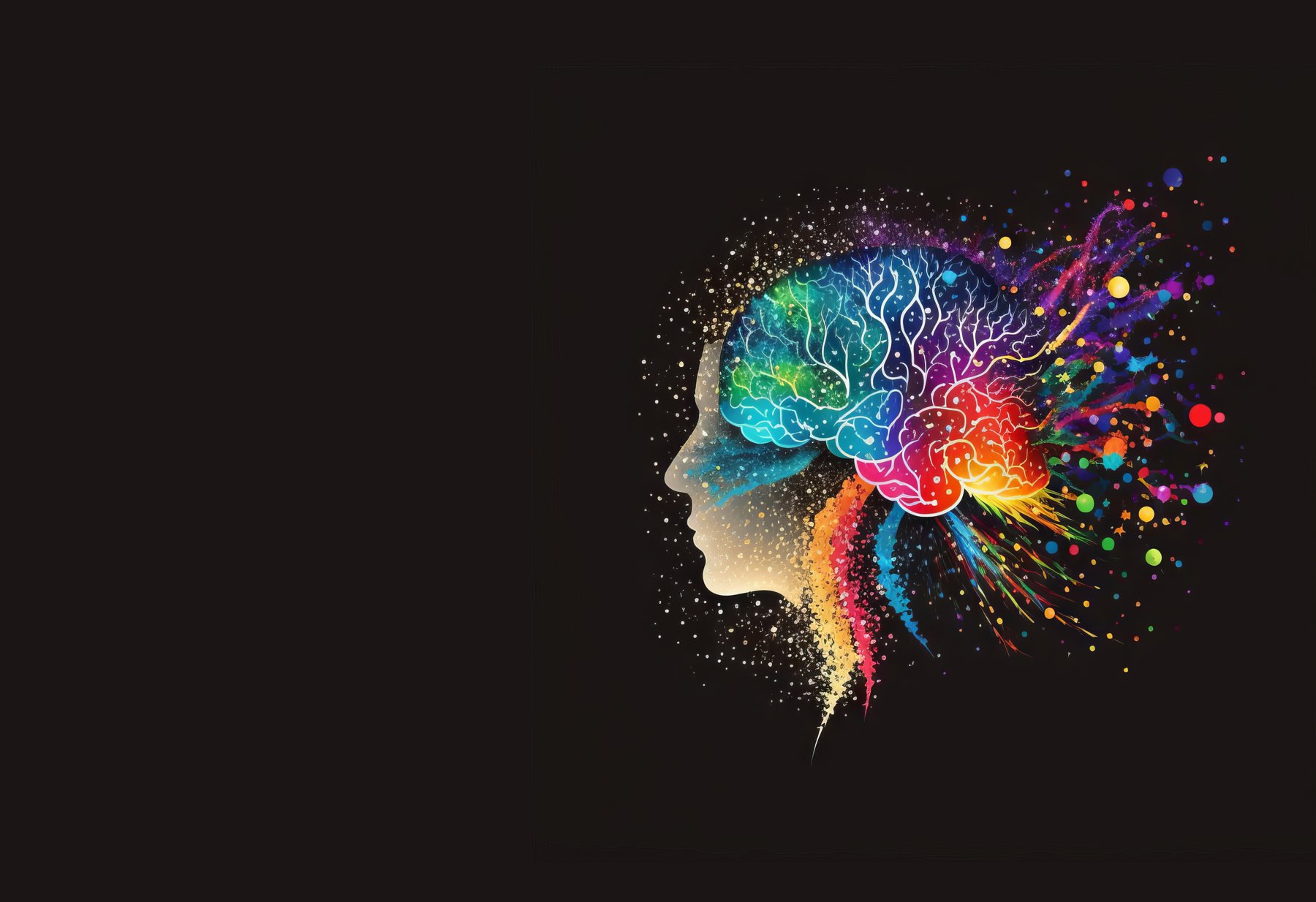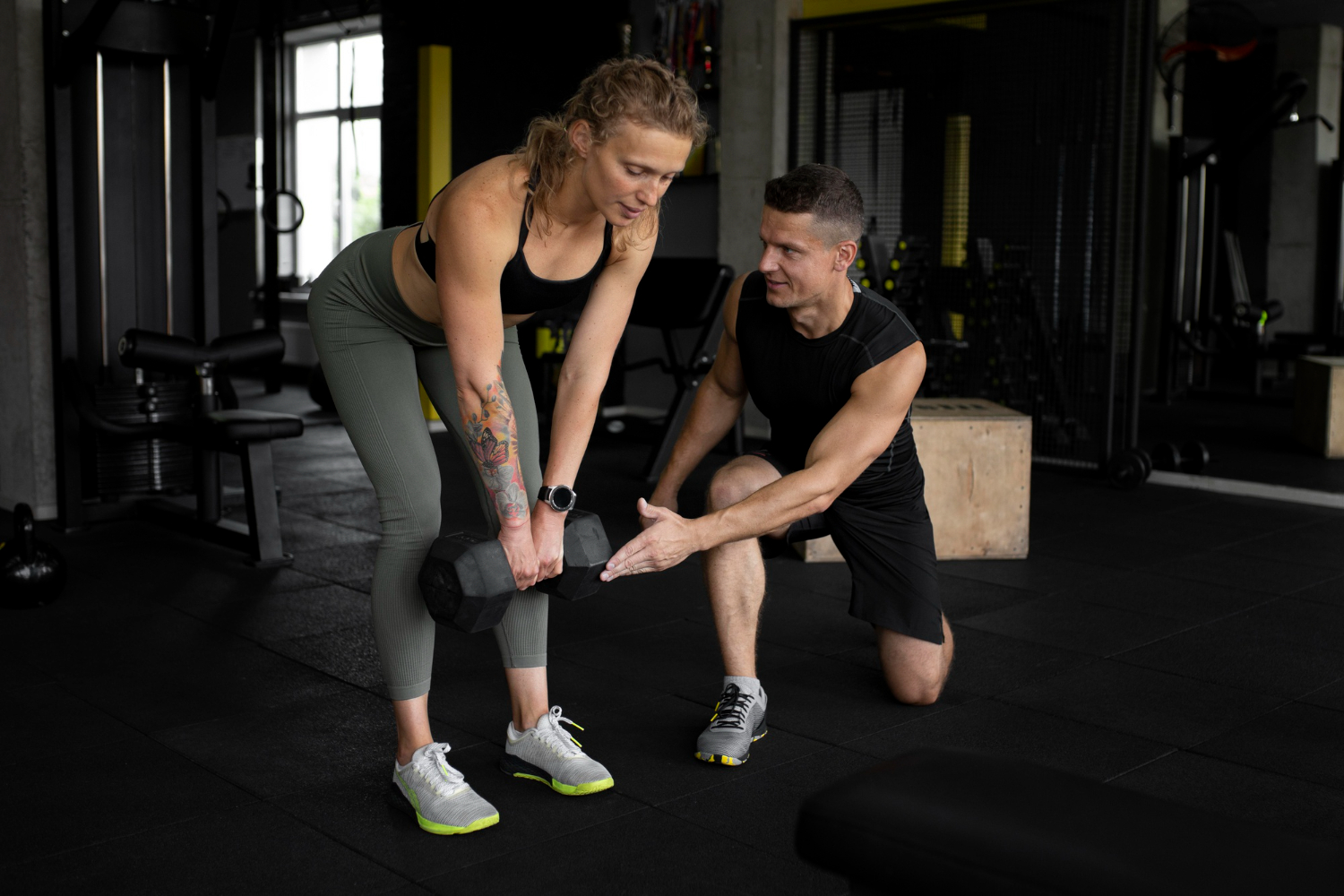
Overview:
Since chronic pain can have a major impact on an individual’s ability to operate in daily life, pain and disability are often associated with one another. Pain that originates from musculoskeletal diseases, neurological conditions, or other underlying health issues can have varied degrees of disability due to its consequences on social, emotional, and physical well-being. In order to overcome the obstacles to functioning brought on by pain and disability, a thorough strategy that takes into account the intricate interactions between biological, psychological, and social aspects is needed. The symptoms, effects, available treatments, and methods for removing functional barriers in people with pain and disability will all be covered in this article.
1. Recognizing Disability and Pain:
Disability and pain are related conditions that can significantly impact a person’s quality of life. As a defensive strategy to warn the body of possible danger or injury, pain is a subjective sensory experience. Persistent pain can result in physical restrictions, limited mobility, and a decline in involvement in daily activities. Disability, on the other hand, describes functional difficulties or impairments, limitations on activities, and participation restrictions brought on by environmental or medical impediments. Because it makes it more difficult for a person to carry out activities, work, interact with others, and maintain relationships, chronic pain can exacerbate impairment.
2. Pain and Disability Symptoms:
Depending on the underlying cause, degree of severity, and length of the ailment, the symptoms of pain and disability might differ greatly. Localized or generalized discomfort, sharp or stabbing pain, dull aching pain, burning sensations, stiffness, and muscle tension are common signs of pain. Physical limits such as trouble walking, standing, lifting, or bending, as well as difficulties with daily living activities like clothing, bathing, grooming, and cooking, might be signs of a disability. Psychological problems like melancholy, anxiety, irritability, sleep disruptions, and a decreased quality of life can also be associated with pain and disability.
3. The Effects of Disability and Pain:
Pain and disability have an impact on a person’s life in many ways that go beyond their physical limitations. Prolonged pain can cause lower work output, more absenteeism, and job loss, which can lower socioeconomic standing and put a strain on finances. In addition, it can sour relationships, upend family dynamics, and restrict social engagement, all of which can exacerbate feelings of loneliness and isolation. Pain-related disabilities can make these difficulties even worse by putting up more obstacles in the way of getting access to community resources, housing, healthcare, and transportation. A person’s general health, wellbeing, and quality of life may be significantly impacted by the combined impacts of pain and disability.
4. Options for Pain and Disability Treatment:
In order to effectively manage pain and disability, a multimodal strategy that takes into account the condition’s psychological and physical components is needed. Pharmacological approaches, physical therapy, psychological therapy, assistive technology, and lifestyle changes are possible forms of treatment. Pharmacological treatments, such as antidepressants, muscle relaxants, analgesics, and anti-inflammatory medicines, may help reduce discomfort and enhance function. Physical treatments, including occupational therapy, physical therapy, and rehabilitation programs, can assist in regaining strength, flexibility, and mobility as well as offer adaptable methods for carrying out daily tasks. People can manage their pain, lower their stress levels, and elevate their mood with the aid of psychological therapies like cognitive-behavioral therapy (CBT), mindfulness-based stress reduction (MBSR), and relaxation techniques.
5. Adaptive Techniques and Assistive Technology:
When it comes to helping people with pain and disabilities overcome obstacles to functioning, assistive technology and adaptive techniques can be quite important. Mobility aids like wheelchairs, walkers, canes, and crutches, as well as assistive technology for everyday tasks like cooking, bathing, and dressing, may be included in these gadgets. Individuals with disabilities can also benefit from assistive technology, which includes voice-activated devices, computer software, and ergonomic equipment. These gadgets can facilitate information access, communication, and task performance. Occupational therapists can evaluate a person’s needs and suggest suitable assistive technology and adaptive techniques to maximize function and enhance quality of life.
6. Community Resources and Social Support:
In order to overcome obstacles to functioning and improve their general well-being, people with pain and disabilities must have access to social assistance and community services. People who have supportive relationships with their family, friends, caregivers, and healthcare professionals can offer encouragement, practical help, and emotional support to help them deal with discomfort and face everyday obstacles. Community resources that might offer information, resources, and opportunities for social engagement, empowerment, and involvement include advocacy organizations, support groups, vocational rehabilitation programs, and disability services. People with pain and disabilities can receive inspiration, acceptance, and validation from connecting with others who have gone through similar things, which can help them overcome hurdles and accomplish their goals.
7. Verdict:
People’s capacity to perform and their quality of life can be significantly hampered by pain and disability, but these obstacles can be removed with the correct help, resources, and solutions. In order to create complete methods for symptom management, function improvement, and well-being promotion, healthcare practitioners, caregivers, and persons themselves must take into consideration the physical, psychological, and social elements of pain and disability. People with pain and disabilities may overcome obstacles, regain their independence, and lead happy lives by combining medication therapies, physical therapy, assistive technology, adaptive techniques, social support, and community resources.








